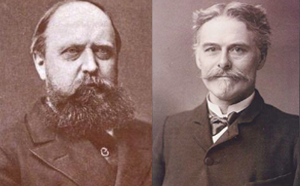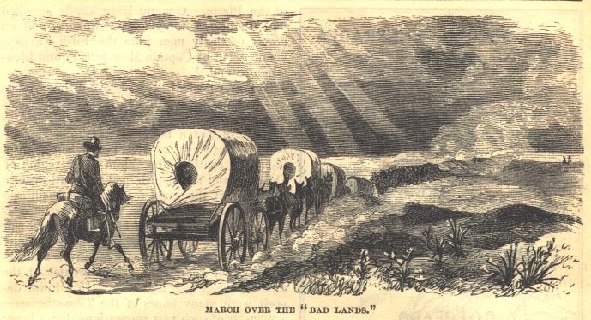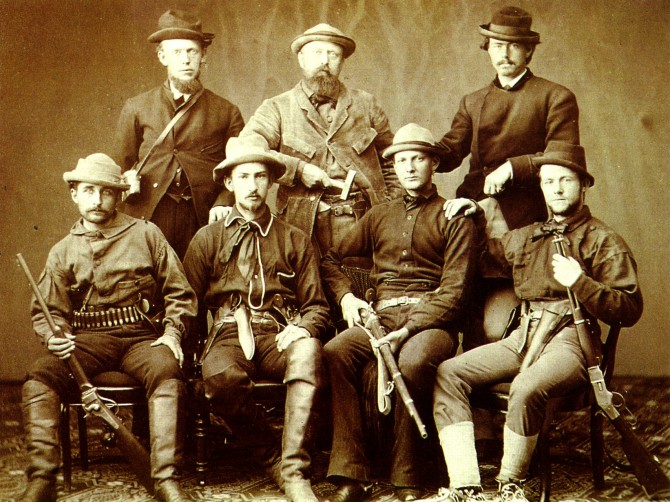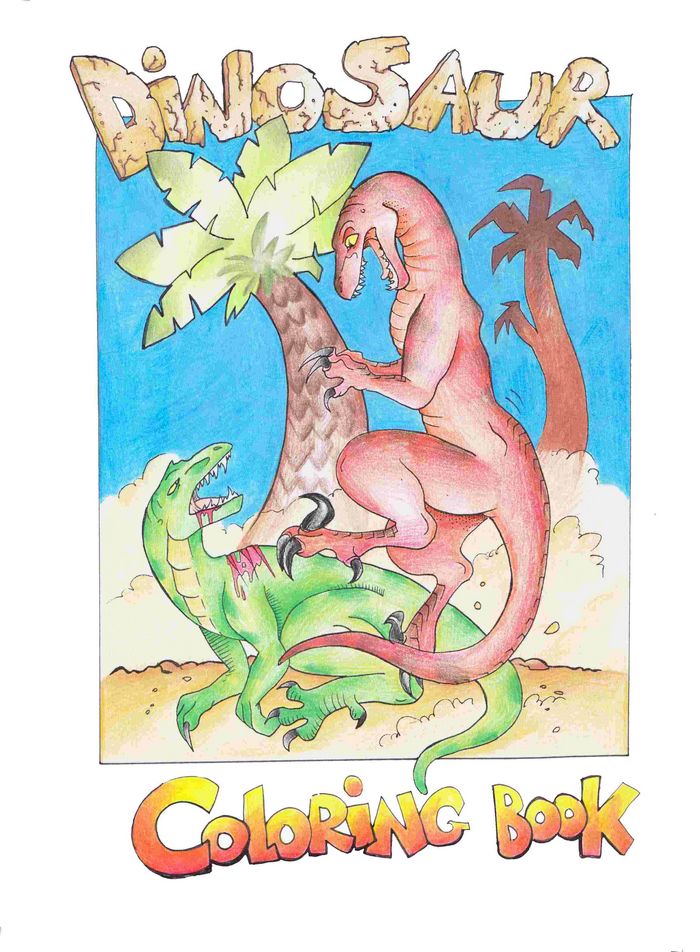As the United States was recovering from the social and political turmoil of the Civil War, a rivalry emerged in the nascent field of American Paleontology. Othniel Charles Marsh and Edward Drinker Cope, former friends and then bitter enemies, began scouring the American West for prehistoric fossil deposits in the hopes of discovering unknown species from the past.
While the two scientists came from different backgrounds, their common passion for paleontology and mutual disdain for each other fueled their ambition, ultimately leading to the discovery of over a hundred new species in America. At the same time, their bitter rivalry damaged their reputations and left the two almost penniless at their deaths.
Cope’s relations with Marsh turned into a bitter competition for fossils, known today as the Bone Wars. The conflict's seeds centred around a dispute over access to the Marl Pits and a very famous fossil, Elasmosaurus.
The period of Cope’s and Marsh’s palaeontological digs in the American West spanned from 1877 to 1892, by which time both men had spent all of their money.
The 1880’s did not go well for Cope. Marsh got ahead due to his association with the US Geological Survey, and he had a steady income from Yale University and access to the American Journal of Science where he published his scientific papers. Cope lost his government funding and his family money wasn’t enough to support his bone hunting. He invested in mining but eventually lost his money there too.
This damaged both of their reputations
However in 1886 he received a teaching post at the University of Pennsylvania and made ends meet by giving lectures and writing magazine articles. He also took his Bone Wars to the press which brought the whole feud into the public eye. This damaged both of their reputations and Marsh fell from power at the Geological Survey and was eventually removed from his position there. Cope fell out with the University of Pennsylvania and the government pulled the plug on funding for palaeontology.
He named a fossil “Cope Hater”
Cope kept his sense of humour during this time and even named a species after a combination of ‘Cope’ and ‘Hater’ – Anisonchus cophater. In spite of a lack of money he continued to publish his papers. In 1889 he succeeded Leidy as the professor of Zoology at the University of Pennsylvania which allowed him to move back into one his townhouse which he had been forced to vacate some years earlier.
In 1895 he sold his collection to the American Museum of Natural History – ten thousand fossils all in all, so all those old bones left town – the University of Pennsylvania didn’t bid on his collection due to bad blood between Cope and the university – which was a loss ultimately for them.
In 1896, Cope began suffering from a stomach disorder which came and went and laid him up for months. He treated himself with all sorts of medicines but eventually he died 16 weeks short of this 57th birthday.
Cope’s funeral consisted of six men: Osborn, his colleague William Berryman Scott, Cope’s friend Persifor Frazer, son-in-law Collins, Horatio Wood, and Harrison Allen. The six sat around Cope’s coffin among the fossils and Cope’s pets, a tortoise and a Gila monster, for what Osborn called “a perfect Quaker silence … an interminable length of time.” Anticipating the quiet, Osborn had brought along a Bible and read an excerpt from the Book of Job, ending by saying, “These are the problems to which our friend devoted his life.”
His contribution to palaeontology and the natural sciences was amazing. In less than 40 years, Cope published 1400 scientific papers, which is a record that still stands to this day. These include three major volumes: On the Origin of Genera (1867), The Vertebrata of the Tertiary Formations of the West (1884) and “Essays in Evolution”. He discovered a total of 56 new dinosaur species during the Bone Wars compared to Marsh’s 80. Technically he lost the war if we look only at the number of species described, but he won in other ways and from Dinoman’s point of view he seems the more likeable of the two Bone Warriors.




